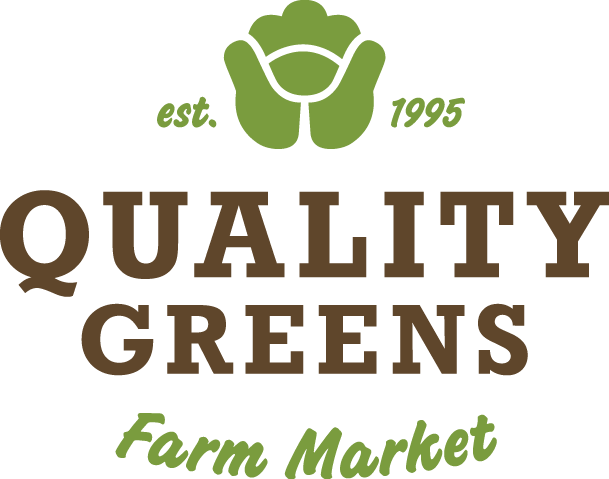
Spring - Allergies and Histamines
April 24, 2019 by Lisa Aschenbrenner
Do you or someone you know have allergies? In the spring we can see these specifically as hay fever, pollen reactions, sneezing, stuffy or runny nose, itchy watery eyes, Itchy or sore throat and ears or skin, pain, rash, coughing, difficulty breathing and/or sleeping. Even just one of those is enough to drive anyone mad!
HISTAMINE
If this sounds like you, you are likely already aware of the histamine link to your allergies. However, there are things you can do to help your allergies. Often the impulse is to take a medication to suppress the symptoms, which is totally understandable in order to breath, sleep and basically function. However, maybe there is even more you can do to reduce the reactions, right from the source of the problem.
What is histamine intolerance? Say you have a bucket for the amount of histamine in your body. Your body needs a certain amount of histamine to function. However if your histamine amount increases, the bucket of histamine overflows and the excess spilled amount causes problems. You need to reduce the amount and remove the excess histamines. This excess (AKA histamine intolerance) is common but that does mean it is properly handled and taken care of. The laundry list of symptoms are often split apart and addressed separately based on symptoms only.
CAUSES OF SYMPTOMS
There are many factors that impact histamine levels and your reactions. These factors include diet, lifestyle, environment, mindset, and genetic susceptibility. Interestingly, with epigenetics, genes can be expressed or suppressed based on the first 4 factors listed. That being said, histamine intolerance is common, however there are a number of other factors that can cause the above types of reactions. Histamine is just 1 area to investigate if a number of the above symptoms pertain to you.
HISTAMINES/AMINES AND FOOD
Since this blog is mainly about food and health, I’ll discuss foods that are high in histamines (amines) or foods that cause a histamine reaction. There can be other reasons for histamine reactions as listed above. With foods, the idea is to remove foods high in amines, for about 4 to 6 weeks, and by then, hopefully, you see some improvement in symptoms. Then you slowly add each food back into your diet and see if you can tell if any are still reactive for you. Sometimes just the break from amines can “reset” your tolerance for all those foods, but testing back is helpful incase some foods are still causing symptoms so you can plan to limit them for longer while adding the less reactive ones back in.
Foods to watch for amines are mainly foods that are aged, cured, or have been fermented. This list also includes leftovers, which is anything sitting longer than 24 hours - the idea is to freeze leftovers right after serving.
I’ve worked with a few clients who have had nose bleeds and headaches reduce greatly by lowing their histamine containing foods and finding other foods to replace the really high ones. By lowering histamines, your can tolerate them better as well as finding which amine foods are the most problematic for the person as not all foods may be problematic. If you are looking to address histamines, contacting a nutritionist or other professional who can help you navigate the food changes as being sure of what is needed is key to getting accurate results. This can help one to understand how to move forward and get back to eating most if not all of the foods that have high amines.
ADDITIONAL SUPPORT
Consider adding in an epsom salt bath which can also be helpful as the sulfur that you absorb from the salts can improve your body’s sulfation pathway which can help with metabolizing these amines and other natural food chemicals.
Don’t despair, there are many amazing fresh veggies, animal products, nuts and grains that you can consume when limiting high amine containing foods. If your life is impacted considerably by allergies, a low amine diet for a short term is a possible way to see if there are foods that specially trigger those symptoms.
Have a great week,
Lisa.

